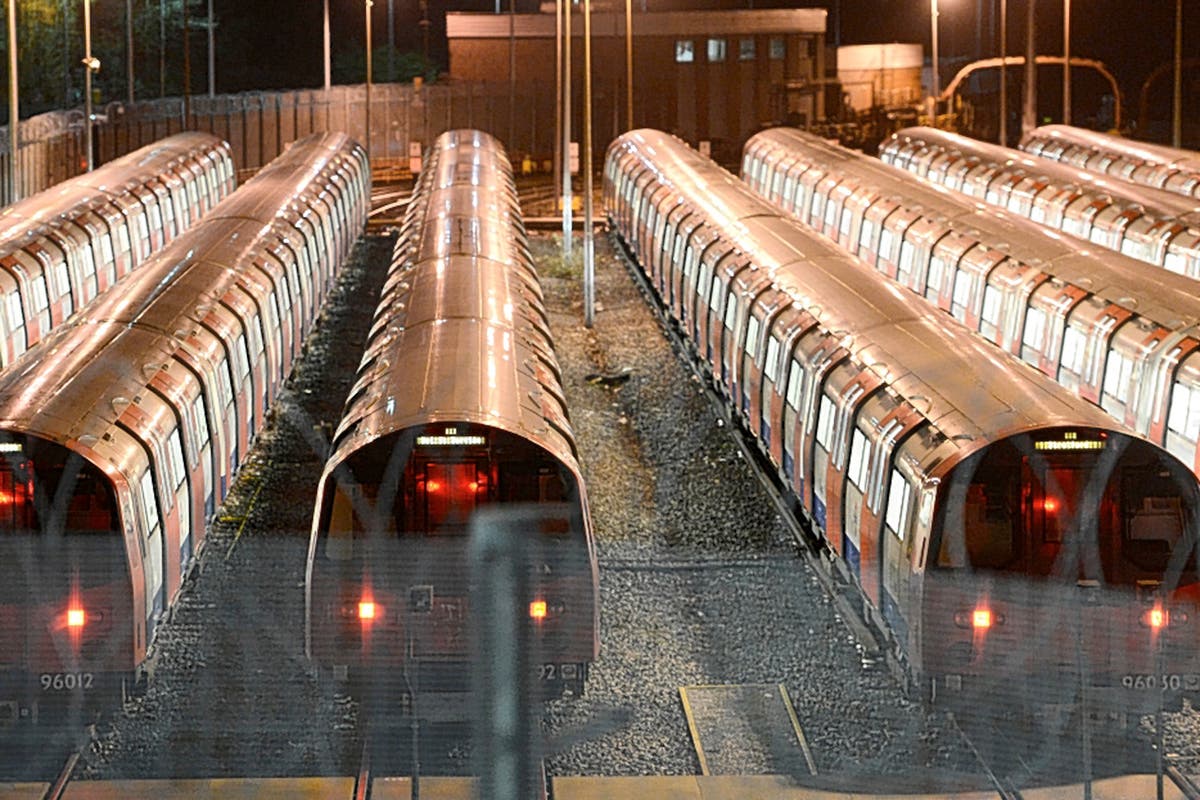Maybe, maybe not. But I can recount more than one incident where a plan was deemed poor value for money, only for digging to reveal that the plan as investigated was simply gold plated, the benefits understated, and a ton of phoney objections invented.
Basically the opposite to what happens when politicians and their ilk want something to happen.
Another issue that has stalled projects across the rail industry is that of 'standards'. This is where the engineering function [of the organisation] mandates that infrastructure must be set up in a particular way or else it is not acceptable and cannot be used. Often, there are possible solutions that do not comply with the standard, but are accepted elsewhere and would be viable solutions - with costs and benefits.
A key example of this in this context is whether a fully automated (GOA4) railway, must have a complete barrier between the track and the train, such as platform edge doors. These are often described as essential, but could be considered as a trade off between safety of such a system and the cost / resilience [of full automation]. Sure they would presumably improve platform safety, but a manual driver cannot and is not expected to be able to stop short of every obstruction - and some other obstacle detection system
might be sufficeintly effective and cheaper.*
There are other examples of such standards amounting to an 'engineering' rather than political veto on a project, often presumably unintentionally, such as the issues that have stopped much of the follow up electrification after the Great Western route. As with cost 'exaggeration', this is another way in which a project that was not enthusiastically embraced across an organisation might be impeded...
*this is not an assertion that such as system is available and I'm not stating that platform edge doors are not necessary, merely noting that the question is a trade off!

